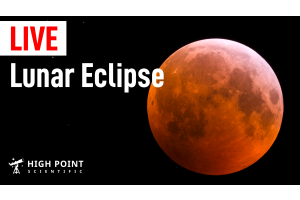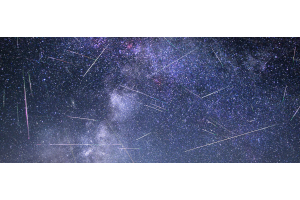
Human lifetimes only capture snapshots of the solar system and the universe, which has existed for billions of years. While a human may only see a handful of truly spectacular celestial events in one's lifetime, in reality the universe and our own solar system is a dynamic and constantly changing environment, filled with supernovae, planetary impacts, and other events. Using Newtonian physics, we can predict when these events will happen. But what are some of those events? Let's cover some of them and appreciate what future generations have to look forward to!
1. Betelgeuse Supernova - Who Knows?
Betelgeuse has received a lot of interest over the past few years due to its dramatic “dimming” episodes in the sky. As readers may know, Betelgeuse is one of the brightest stars in the constellation of Orion, making up the right “armpit” of the Hunter. This red supergiant could turn supernova any time in the next few hundred thousand years, lighting up our sky like a second Sun. The last big supernova we saw was Kepler’s in 1604—over 400 years ago—so no one around today has witnessed anything like it. When Betelgeuse blows, it might reach a brightness that exceeds the Full Moon, visible even in daylight. Future skywatchers could be in for a treat - but for us? It’s a waiting game we may not win. We don’t know if Betelgeuse will go in our lifetimes. The odds are against us, however, because even though Betelgeuse is in the final stages of its life, we have a solid enough understanding of the physics behind the life cycles of stars to ascertain that Betelgeuse may have hundreds of thousands of years left. It’s probable other stars, in fact, may go supernova in our lifetime – such as Eta Carine in the constellation of Carina. In fact, we regularly see supernovae in other galaxies that you can spot with an amateur telescope. For example, the only supernova seen with the naked eye in our lifetimes occurred in a satellite galaxy known as the “Large Magellanic Cloud” (LMC), known as SN 1987A. So, while you may not see the awe-inspiring sight of a Betelgeuse supernova in your lifetime, you may luck out and see one in a nearby galaxy or inside our own that we weren’t even expecting.

2. Simultaneous Solar Eclipse and Mercury Transit - 6757 AD
Solar eclipses are fairly common, happening on average once per year. Mercury transits are less common but happen on average once every 10-15 years. The two are governed by the same physics - from the Earth’s perspective, each celestial body appears to transit directly across the face of the Sun. But what if they were to happen at the exact same time? While it’s possible, this is extraordinarily rare, even more rare than planetary occultations. A 2004 paper looked to see when this phenomenon could next happen and found it wouldn’t be until a staggering year 6757 AD – over 4,500 years from now. Solar observers will see the planet Mercury first begin to transit the Sun, then a partial eclipse of the Sun in the middle of the transit!
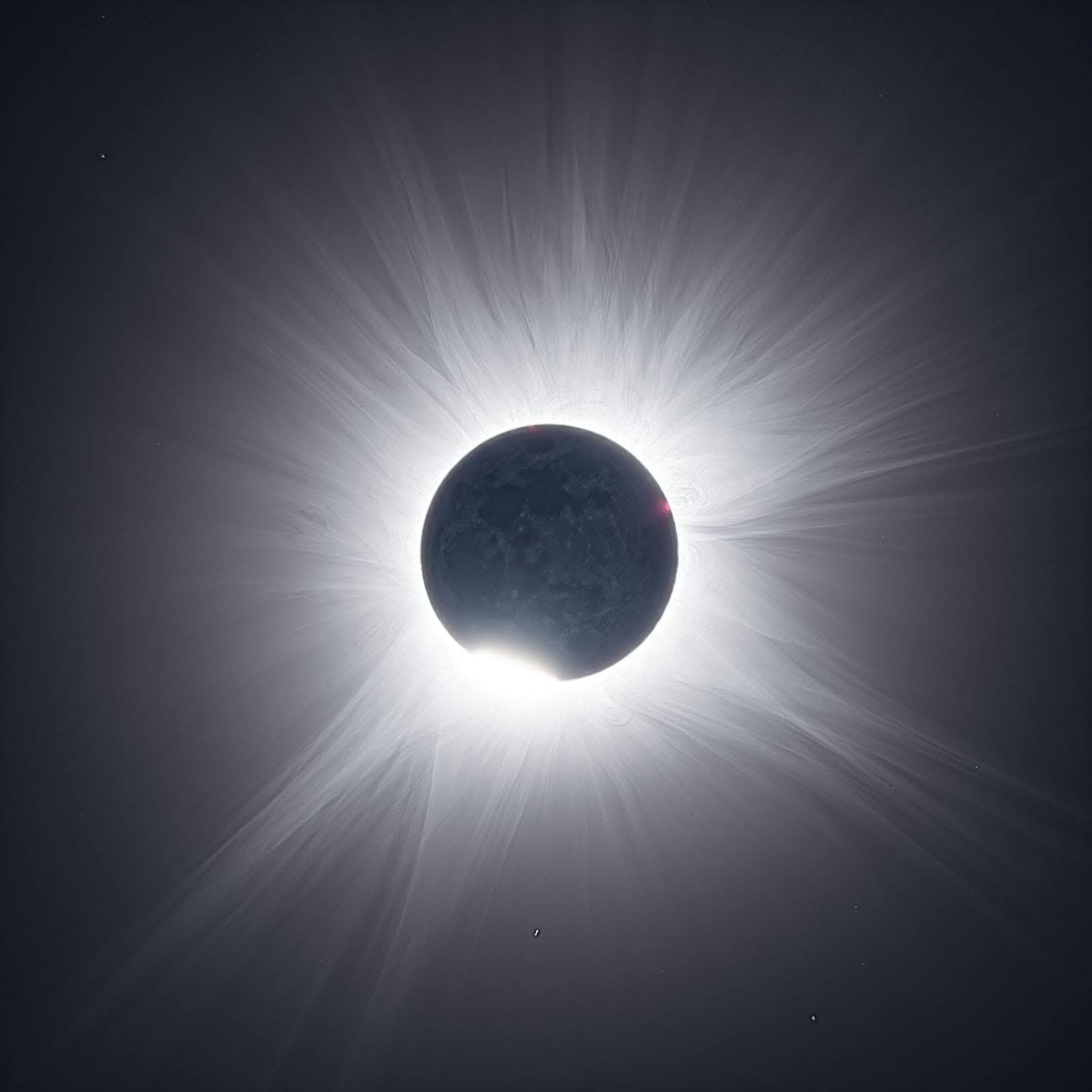
3. Longest Solar Eclipse in Recorded History - July 16, 2186
The “length” that one stands in the shadow of the Moon during an eclipse is governed entirely by where the Moon is in its orbit. The moon orbits in an elliptical orbit, with the high point of this elliptical orbit being known as “apogee” and the closest point known as “perigee”. If the moon is close to “apogee” and transits the Sun, we get what’s known as an annular eclipse. However, if the Moon is close to “perigee” and transits the Sun, we get a very deep total solar eclipse. An extremely long solar eclipse will occur on July 16, 2186. This event will last for 7 minutes and 29 seconds. For comparison, last year’s 2024 eclipse lasted only for 4 minutes, and the 2017 eclipse lasted for just over two minutes, depending on one’s location relative to the center line of the path of totality.
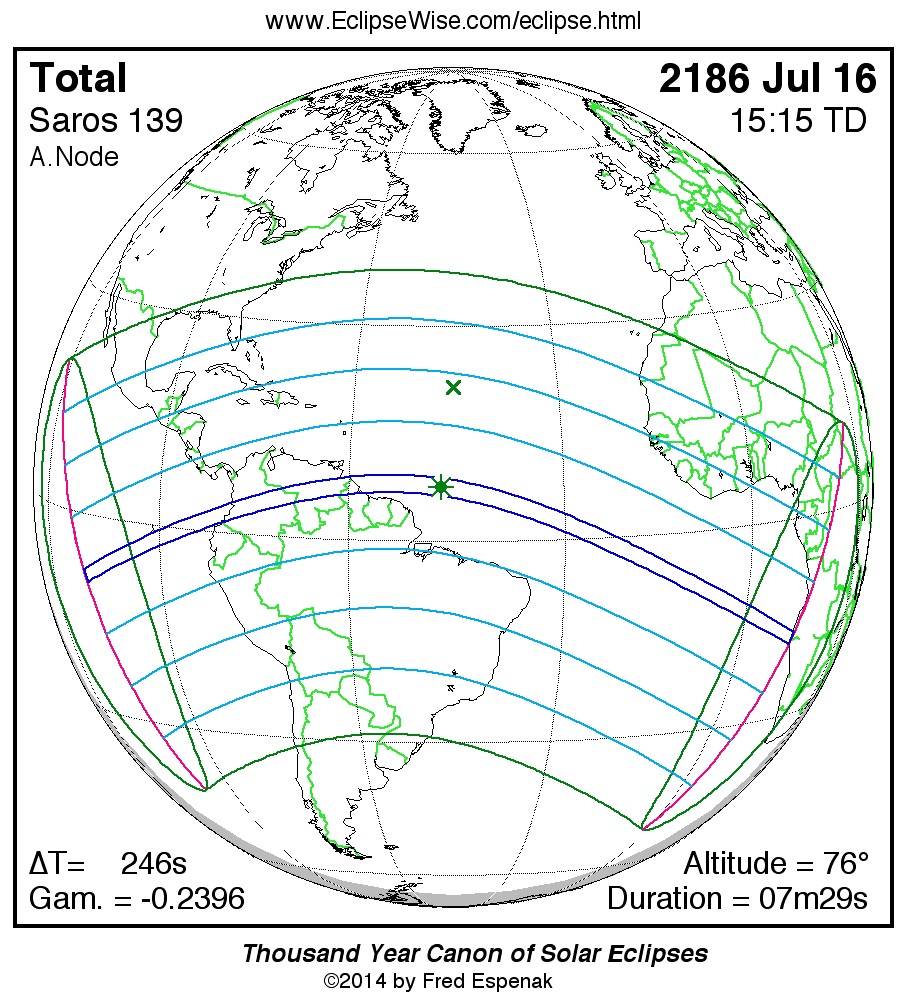
4. Jupiter and Venus Occultation - November 22, 2065
Planetary occultations involving the Moon occur when the Moon passes in front of a planet, temporarily blocking it from view as seen from Earth, offering astronomers a chance to study both bodies' characteristics. For example, when the Moon occults Mars, precise timing of the event can help refine measurements of the Moon’s position and the planet’s atmosphere. These events are visually striking and relatively common due to the Moon’s angular size and orbital path. However, what are much more rare are planetary occultations with two separate planets. These are significantly less common due to the small angular diameters of planets. The last planetary occultation was on January 3, 1818, with a transit of Venus and Jupiter. The next planetary occultation will actually be this century, in the year 2065. Like in 1818, Venus will transit the face of Jupiter as seen above, low on the horizon in the evening of November 22, 2065.
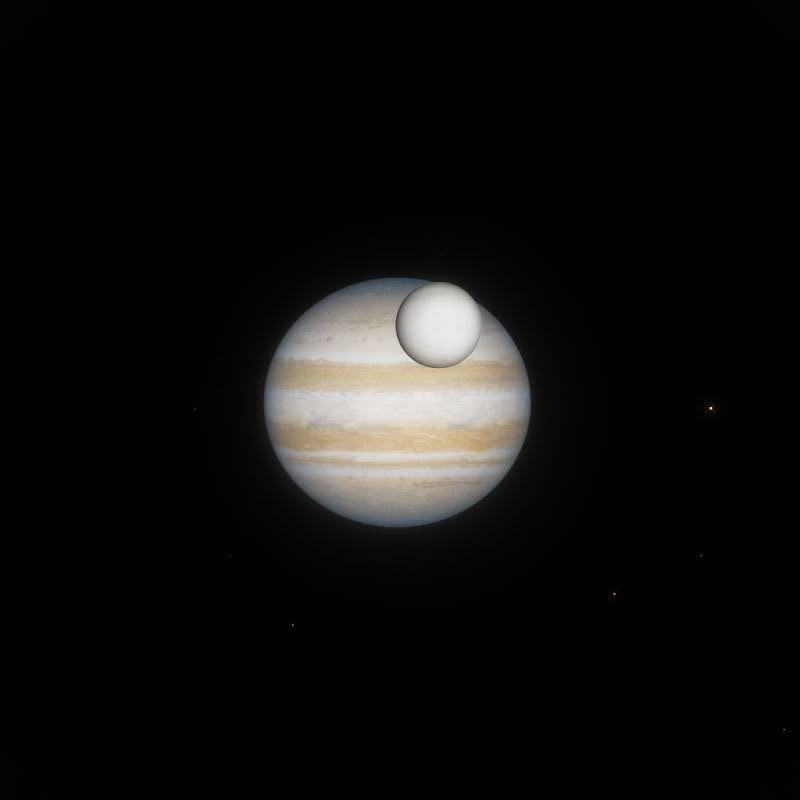
5. Halley's Comet Returns - 2061 and 2134
Halley's Comet made its highly anticipated return in 1986, visible from Earth as it swung through the inner Solar System, marking its first appearance since 1910. Though less spectacular than expected due to unfavorable viewing conditions and urban light pollution, it still drew global attention, with spacecraft like Giotto capturing close-up images of its nucleus for the first time. Halley is known for being a periodic comet, meaning that it has a very regular and predictable return time. We’ve known for centuries that Halley’s comet will return in 2061 and already know its path across the sky. While the 1986 apparition was rather dim, the 2061 one will be a significant improvement. It’ll have an apparent magnitude of -0.3, several magnitudes brighter than in 1986. Those who were young in the 1980s may have a chance to see Halley’s reappearance! However, the apparition of Halley’s comet in 2134, after we are all gone, will be far greater. It’ll approach as close as 0.09AU from the Earth and be brighter than the star Sirius, shining brightly at -2.0. Halley’s comet will stretch across the sky unlike any apparition seen for thousands of years. What a sight this will be for future stargazers!

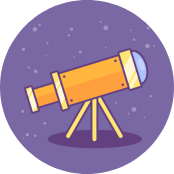
Interested in learning more about astronomy, the universe, and celestial events that you can see today? Check out our Astronomy Hub!




